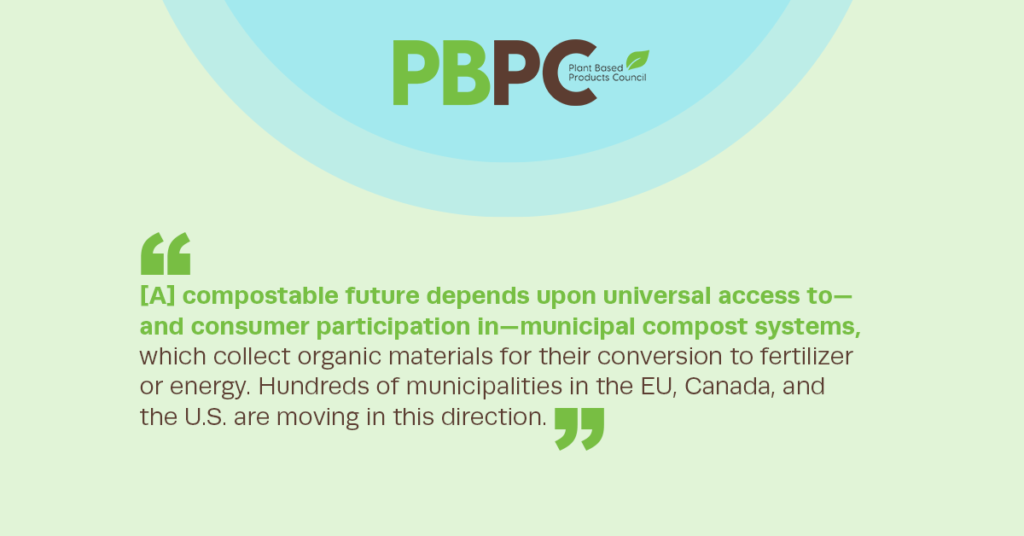5/8
Getting It Right: National Geographic on The Potential of Plant-Based Products
We started this blog not only to serve as a helpful resource for those looking for information on plant-based products and materials, but to correct the record on common myths and misconceptions so consumers can stay informed and separate fact from fiction. That’s why it’s just as important to commend a news outlet for getting it right, and give credit where it’s due for solid reporting, as it is to correct inaccurate coverage. A recent article by National Geographic highlights the benefits of plant based products and the advantages of moving away from legacy plastics towards a circular economy.
Not only is plastic waste a problem when improperly disposed of, but the article points out the issues with our current recycling infrastructure:
Of the 78 million metric tons of plastic packaging produced globally each year, a mere 14 percent is recycled. Lightweight and floatable, plastic that escapes collection flows into our oceans—nine million tons annually—most of it from developing nations that lack the infrastructure to manage it.
[ . . . ]
Recycling requires energy, water, and the transport of materials. Most recycled plastics get shredded, melted, and reformed into goods—like lumber, fleece, or carpeting—still eventually bound for landfills. Manufacturers continue to make bottles and shrink-wraps ever thinner, but the fact remains: plastics are made from nonrenewable resources, either oil or natural gas, and most never see a second life.
That’s right. Recycling alone cannot lead us to a circular economy. That’s why we need products that, when disposed of?, can be used or reused in environmentally beneficial ways:
Often working together, designers, engineers, biologists, investors, and recyclers are now striving to develop packaging that falls within the mandates of what’s known as the circular economy.
It’s a design framework that eschews the linear “take, make, waste” model that leads from oil well to refinery, manufacturing plant to supermarket, consumer to landfill. Instead, it envisions supply chains that continuously cycle old materials back into high-value products—with an emphasis on long-lasting design, remanufacturing, and reuse—and business models that favor sharing and leasing (washing machines, cars), rather than ownership. In the circular economy, material goods cycle in two separate loops. One recovers technical nutrients—like metals, minerals, and polymers—for reuse, and the other returns biological materials—fiber, wood—to nature through composting programs, or it converts them, through anaerobic digestion, to carbon-neutral energy.
The article provides numerous examples of how producers are developing innovative plastic alternatives, many of them made from plants, from cellulose-based soup containers to cooking oil bottles made from caramelized sugar to pouches made from seaweed. These are just a few of the many exciting ideas and innovations out there for plant-based products and alternatives to legacy plastics.
Of course, as we’ve said many times on this blog and elsewhere, to fully realize the benefits of plant-based products, we need to invest in the proper infrastructure and ensure consumers are educated on how to properly dispose of these products:

The article highlights these and some other issues that our society must tackle to solve our plastic waste problem. For the most part, it provides an optimistic perspective on the issue that other news outlets should embrace. In the meantime, we will continue to advocate for robust investment in waste management infrastructure and for a concerted effort to educate consumers about the benefits of plant-based products.
You can read the full National Geographic article here:
